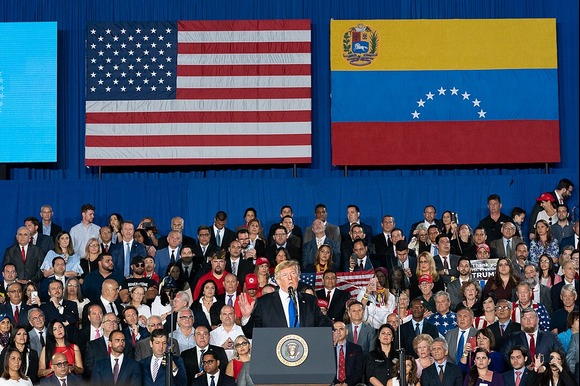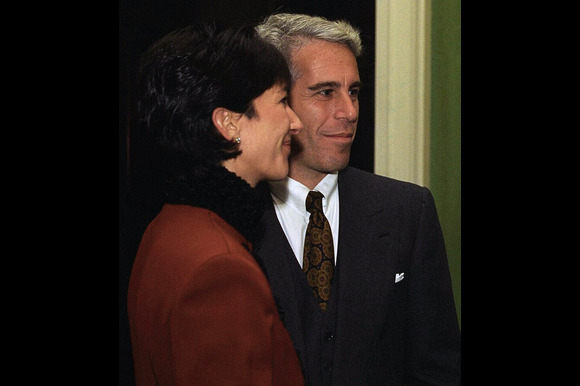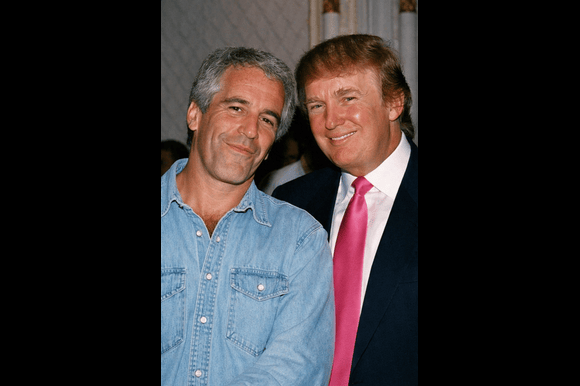
By Photo: Myrabella
US inflation climbed to 3% in September, marking the first time since January that the rate has reached that level, though the increase came in slightly lower than many economists had projected.
According to the Labor Department, consumer prices rose 3% over the year through September, up marginally from August’s 2.9%. Analysts had anticipated a 3.1% gain, citing potential price pressures from new trade tariffs introduced by the Trump administration.
The data offered a modest surprise for markets and policymakers, who had braced for a stronger inflation surge.
First Economic Report Since Government Shutdown
The inflation release was also notable for being the first official economic report published since the brief government shutdown earlier this month. The Labor Department temporarily recalled furloughed employees to compile and release the data, which plays a key role in adjusting Social Security benefits and other cost-of-living measures.
The timing of the report is critical, coming just days before the Federal Reserve is set to vote on another potential cut to interest rates. The softer-than-expected figures have strengthened market expectations that the central bank will lower borrowing costs again.
Economists See ‘Sigh of Relief’ for the Fed
Olu Sonola, head of US economic research at Fitch Ratings, said the figures would likely provide reassurance to policymakers.
“The tariff pass-through generally remains muted,” Sonola said. “As odd as it may seem, the Fed will be happy with inflation staying around 3% for the next couple of months.”
The Federal Reserve typically raises rates to cool inflation and lowers them to support growth and employment. However, it now faces a complex picture — with inflation still above its 2% target while hiring and business activity show signs of slowing.
Tariffs and Consumer Prices Drive Mixed Outlook
Recent tariffs have added to price pressures across several categories. Furniture costs — heavily affected by import duties — rose 3.8% over the 12 months to September and climbed 0.9% in just one month.
Prices for services such as airfares, daycare, and haircuts also continued to rise, reflecting underlying demand in the economy.
Still, inflation remains below many forecasts, as companies hesitate to pass on the full cost of new import taxes to consumers. From August to September, overall prices rose just 0.3%, easing slightly from the 0.4% monthly increase recorded in August.
Analysts Predict Rate Cut Despite Uncertainties
Analysts at Wells Fargo said the gentler inflation reading virtually guarantees another interest rate cut at the Fed’s upcoming meeting.
“That said, today’s data were not so soft that the Committee can sound the all clear,” the bank’s economists cautioned, noting lingering inflation risks tied to tariffs and commodity costs.
The Federal Reserve is balancing its dual mandate of maintaining price stability and supporting employment, with inflation pressures now coexisting alongside evidence of cooling hiring and slower economic growth.
Impact on Social Security and Household Budgets
The inflation data will directly influence millions of Americans next year. The Social Security Administration announced a 2.8% cost-of-living increase for retirement payments in 2026, reflecting the latest consumer price trends.
Most categories in the September report showed year-on-year price increases. Grocery prices rose 2.7%, while beef and veal jumped more than 14% over the year and 1.2% in the past month alone. Coffee prices are up nearly 19% since last year, though they slipped slightly — by 0.1% — between August and September.
Energy and Housing Costs Show Mixed Trends
Higher fuel costs were a major factor in September’s inflation uptick. Gasoline prices rose 4.1% over the month, though they remain 0.5% lower compared with a year earlier.
Housing cost increases also appeared to be losing momentum. The Labor Department reported that rents climbed 3.5% annually, unchanged from August, while the “owners’ equivalent rent” index — which estimates housing costs for homeowners — increased 3.8% from a year earlier but only 0.1% month-to-month.
That marks the smallest monthly gain in the metric since January 2021, signaling a possible easing in one of the key components of inflation.
A Balancing Act for Policymakers
Despite the moderation, the 3% inflation rate remains above the Fed’s preferred 2% target, keeping the central bank in a difficult position. The combination of softer inflation, slowing job growth, and lingering trade uncertainty could push the Fed toward another rate cut — but not without caution.
As the economic recovery continues amid political and trade turbulence, analysts say the path forward for both prices and policy will hinge on whether companies continue absorbing tariff costs or start passing them to consumers in the months ahead.




